Pedestrian Deaths Climb in Connecticut, Nationwide
/The number of pedestrian deaths in Connecticut in the first half of 2018 jumped by 53 percent compared to the same period the previous year, according to preliminary data released by the Governor’s Highway Safety Association.
There were 29 pedestrian deaths between January and June in Connecticut in 2018, compared with 19 between January and June 2017. Based on population, Connecticut’s fatality rate was 16th among the states.
Nationwide, there was a 3 percent increases, as the number of pedestrian deaths climbed from 2,790 to 2,876 during the six month periods. Five states (Arizona, California, Florida, Georgia, and Texas) accounted for almost half — 46 percent — of all pedestrian deaths during the first six months of 2018.
Overall, pedestrian fatalities during the first half of 2018 declined in 23 states compared with the same period in 2017. Six states (Alabama, Indiana, Michigan, Nevada, Oklahoma and Wisconsin) reported double-digit declines in both the number and percent change in pedestrian fatalities from the same period in 2017. Three states (Iowa, New Hampshire and Utah) reported two consecutive years of declining numbers of pedestrian fatalities.
During the 10-year period of 2008 to 2017, according to the National Highway traffic Safety Administration, the number of pedestrian fatalities in the U.S. increased by 35 percent, from 4,414 deaths in 2008 to 5,977 deaths in 2017. This translates into more than 1,500 additional pedestrian deaths in 2017 compared with 2008. At the same time that pedestrian deaths have been increasing, the number of all other traffic deaths combined decreased by six percent.
In its review of state efforts to promote pedestrian safety, an initiative in Connecticut is highlighted: “Connecticut introduced the “Watch for Me CT” campaign, which is a statewide educational community outreach campaign involving media components and community engagement in partnership with CT Children’s Medical Center.” A statewide signage project was recently completed to ensure pedestrian signage was up to date with current standards, including near schools and bus stops, the report states, indicating that “every state is addressing pedestrian safety using a combination of engineering, education and enforcement.”
In addition, the GHSA report indicates that nationwide “about 75 percent of pedestrian fatalities occur after dark, and increases in pedestrian fatalities are occurring largely at night. From 2008 to 2017 the number of nighttime pedestrian fatalities increased by 45 percent, compared to a much smaller, 11 percent increase in daytime pedestrian fatalities.”
The change in the prevalence of various vehicle-types on the road is also noted, with the report pointing out that pedestrians struck by a large SUV are twice as likely to die as those struck by car.


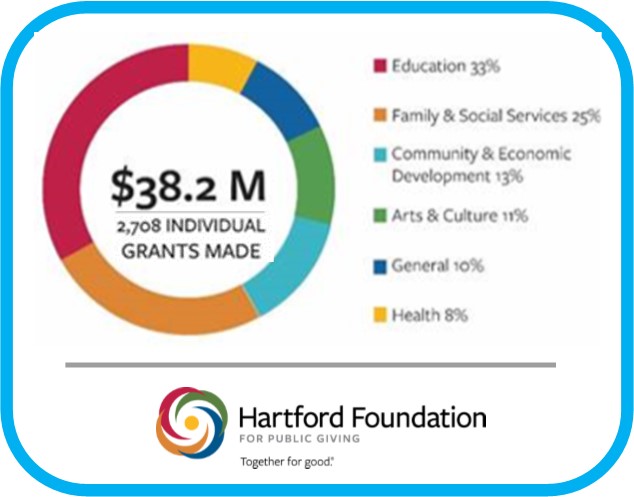
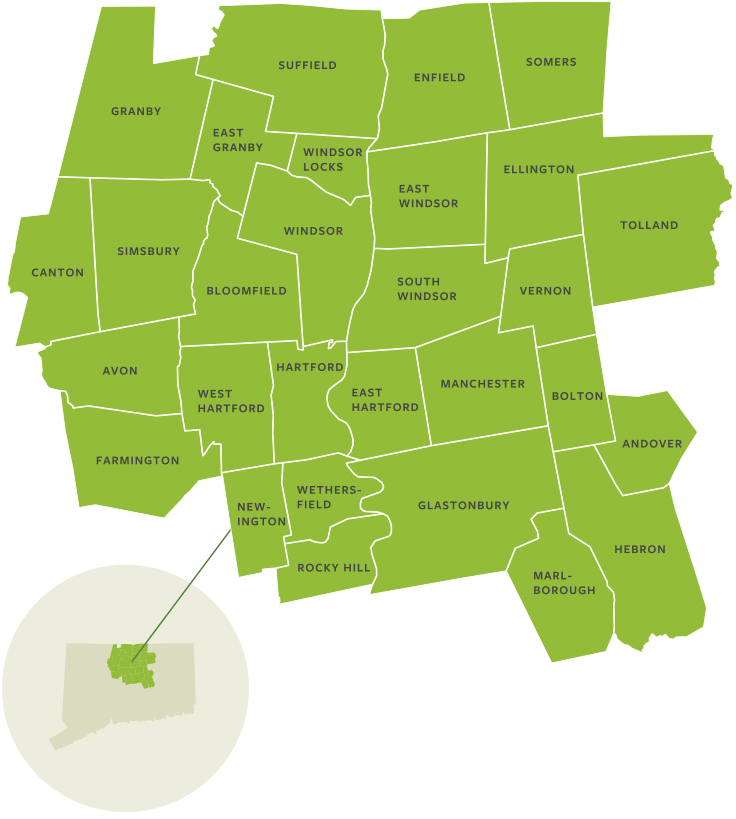 Among the grants, in each program area:
Among the grants, in each program area:
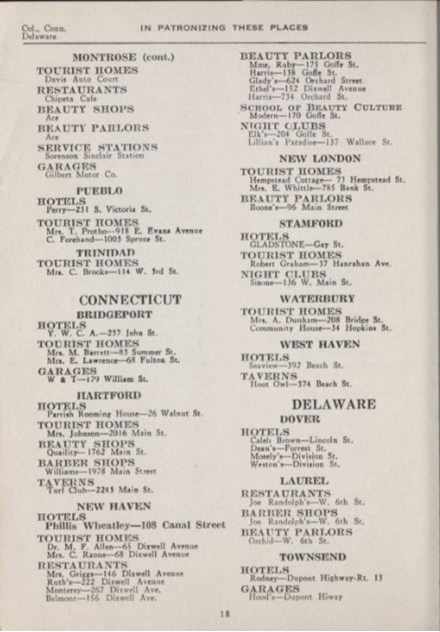


 Both public and private nonprofit institutions in New England saw a 61 percent rise in the number of foreign students over a five-year period from AY 2012-13 to AY 2017-18, which is comparable to the national growth in the international student population over the same period.
Both public and private nonprofit institutions in New England saw a 61 percent rise in the number of foreign students over a five-year period from AY 2012-13 to AY 2017-18, which is comparable to the national growth in the international student population over the same period.
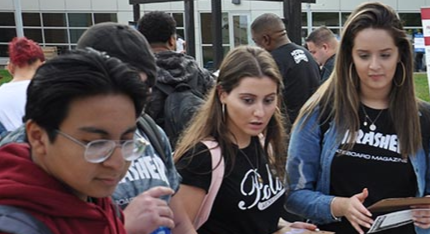
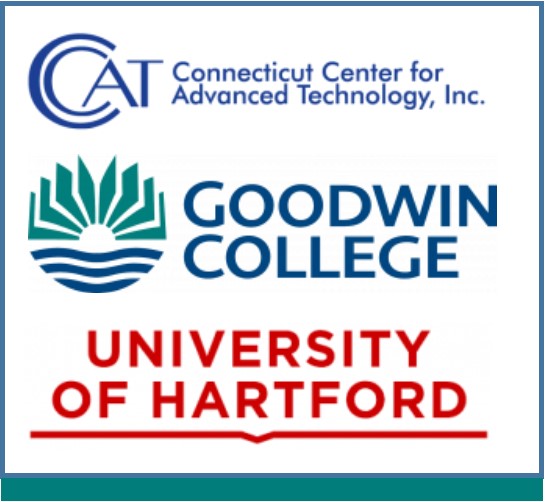
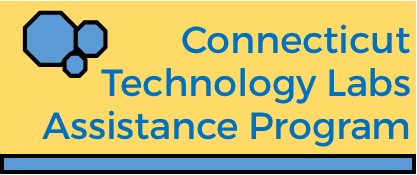 CCAT and the University of Hartford have a long history of working together developing programs, obtaining grant funding, sharing equipment and facilities, and ensuring that students have interesting research projects as well as hands-on learning opportunities through internships and experiential education. This is the latest program collaboration.
CCAT and the University of Hartford have a long history of working together developing programs, obtaining grant funding, sharing equipment and facilities, and ensuring that students have interesting research projects as well as hands-on learning opportunities through internships and experiential education. This is the latest program collaboration.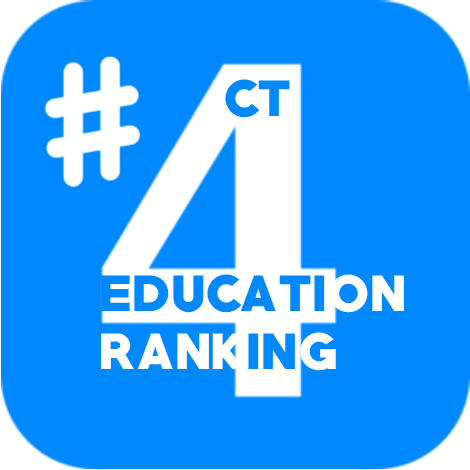
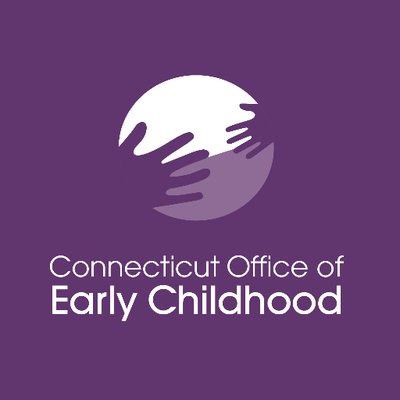
 Bye will begin serving as the Commissioner-designate later this month. Her nomination will be sent to the General Assembly for confirmation. Earlier in her career, Bye was director of the University of Saint Joseph School for Young Children and Trinity College Community Child Center preschools, and was early childhood director at the Capitol Region Education Council (CREC), where she supervised the birth to three program for CREC, and also helped to open two early childhood magnet schools. She was later elected to the Board of Education in West Hartford, then to the State House and State Senate. Reelected last fall, she did not take the oath of office last week in order to accept Lamont’s
Bye will begin serving as the Commissioner-designate later this month. Her nomination will be sent to the General Assembly for confirmation. Earlier in her career, Bye was director of the University of Saint Joseph School for Young Children and Trinity College Community Child Center preschools, and was early childhood director at the Capitol Region Education Council (CREC), where she supervised the birth to three program for CREC, and also helped to open two early childhood magnet schools. She was later elected to the Board of Education in West Hartford, then to the State House and State Senate. Reelected last fall, she did not take the oath of office last week in order to accept Lamont’s  Unlike a previous iteration of this federal grant program – which focused on expanding preschool for four year-olds – the new grant focuses on child success from to zero to five, with an emphasis on infants and toddlers. Further, officials said, it calls on states to look beyond the classroom to broader measures of child and family success, including mental and physical health, family stability, and parental employment. Because such considerations involve multiple agencies, it calls on states to advance a cross-system data and performance infrastructure, asking them to cost-effectively implement new solutions with an emphasis on measurable outcomes.
Unlike a previous iteration of this federal grant program – which focused on expanding preschool for four year-olds – the new grant focuses on child success from to zero to five, with an emphasis on infants and toddlers. Further, officials said, it calls on states to look beyond the classroom to broader measures of child and family success, including mental and physical health, family stability, and parental employment. Because such considerations involve multiple agencies, it calls on states to advance a cross-system data and performance infrastructure, asking them to cost-effectively implement new solutions with an emphasis on measurable outcomes. DEI is a national, transparent, annual benchmarking tool that offers businesses an opportunity to receive an objective score, on a scale of zero (0) to 100, on their disability inclusion policies and practices. The
DEI is a national, transparent, annual benchmarking tool that offers businesses an opportunity to receive an objective score, on a scale of zero (0) to 100, on their disability inclusion policies and practices. The 



























